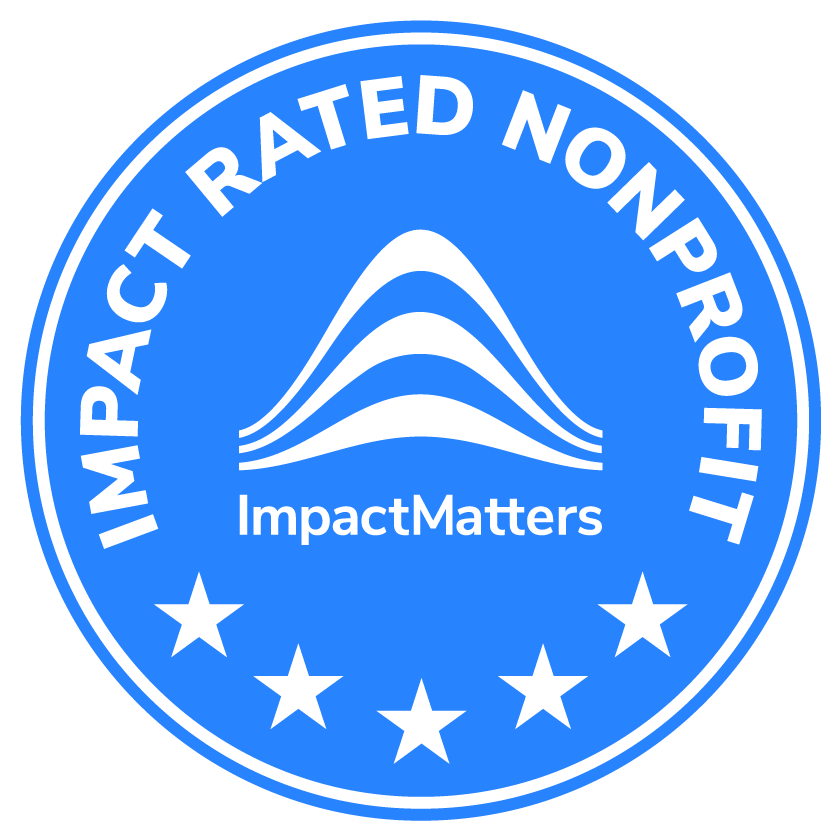During the summer of 2014, the Upaya staff and Tamul Plates management began work on this Social Performance report to document the economic and social background of the company’s beneficiaries. This report provides a snapshot of social metrics for 95 of Tamul Plates’ beneficiaries, serving as the baseline for reporting their progress out of poverty over time.
Surveyors interviewed Tamul Plates beneficiaries across ten districts of Northeast India. For the purposes of this report, the respondents were broken into two geographic groups - the Lower Assam Group and the Upper Assam Group. Beneficiaries were evaluated across key social and economic metrics, including income, education, assets, and expenditure. Among the highlights:
- Households in the Lower Assam Group have a higher likelihood of falling below the $1.25-a-day poverty line than those in the Upper Assam Group. In particular, leaf plate producers (32 percent in the Lower Assam Group, and 36 percent in the Upper Assam Group) and raw material collectors (28 percent in both respondent groups) are the most likely to fall below the poverty line among Tamul Plates beneficiaries.
- Leaf plate producers are highly dependent on Tamul Plates, with income from Tamul Plates-related activities constituting the primary source of income for a vast majority of households across the Lower and Upper Assam Groups.
- Households spend roughly 50 percent of their total monthly expenses on food alone. Expenditure on school for children and miscellaneous (unplanned) expenses form the next two biggest categories. Savings constitute a very small component of total expense for households at 6–7 percent.
A midline (check-in) survey will be conducted after 12 months for the same group of beneficiaries to measure the changes in income levels and quality-of-life indicators. Click here to download the full report.








